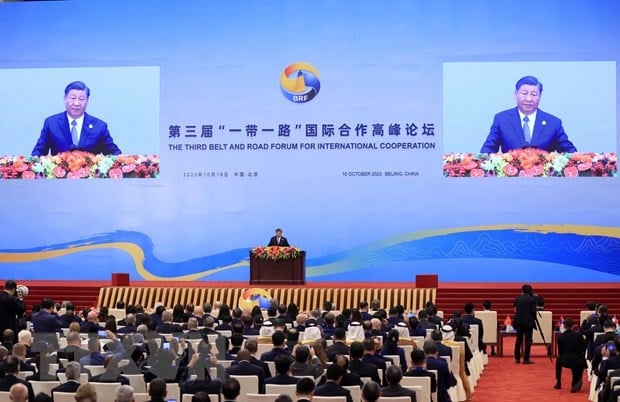 |
| Chinese President Xi Jinping delivers the opening speech at the 2023 Belt and Road Initiative International Cooperation Summit. (Photo: Thong Nhat) |
The participation of many representatives from all over the world at the Belt and Road Initiative International Cooperation Summit (BRF) just concluded in Beijing (October 18) has shown its own attraction. It is also a "clear message that China is gaining its own allies and challenging the US-led world order", commented Associate Professor Alfred Wu of the Lee Kuan Yew School of Public Policy (Singapore).
A new world order?
In many ways, the first decade of the BRI has been a surprising success, showing that its “magic” cannot be underestimated. More than 150 countries have joined the BRI, accounting for 23% of global GDP, with 3.68 billion people – 47% of the world’s population, of which 18/27 countries are EU members. This has helped China become the largest “creditor” of the developing world, increasing its diplomatic and geopolitical influence.
ECB President Christine Lagarde, who was IMF director when she was president, once said that countries should not consider the financial resources Beijing pours into infrastructure projects as a "free lunch".
However, it cannot be denied that BRI has brought specific benefits to many developing countries - where roads and railways would not have been built until now.
In a decade, the BRI has developed rapidly, both in terms of geopolitics and cooperation between countries. The BRI white paper released by China ahead of the 2023 BRF said that the initiative has attracted the participation of more than three-quarters of the world and more than 30 international organizations. The framework for cooperation is extensive, ranging from infrastructure to technology, even maritime and aviation.
However, the scale of investment under the BRI has begun to decline, especially in Africa, both in terms of the number and size of loans. According to the Global Development Policy Center at Boston University, during the pre-Covid-19 period from 2017-2019 and the post-pandemic period from 2020-2022, the size of loans decreased by an average of 37%, from $213.03 million to $135.15 million. China’s overall activity in BRI countries has fallen by about 40% compared to its peak in 2018.
Progress on the BRI is slowing. Many loans in the program’s early years, without rigorous evaluation, have gone bad, forcing Beijing to change its approach and become more cautious.
Meanwhile, the consequences of China's handling of the Covid-19 pandemic by "closing its doors" to the world, scandals related to BRI projects... have somewhat shaken Beijing's position.
On the other side, some countries are also becoming more cautious about cozying up to China, as its global competition with the US intensifies. The EU has tightened regulations on foreign investment in critical infrastructure, citing national security concerns. In early 2023, Italy, the only G7 member to join the BRI, announced its intention to withdraw.
Moreover, while Western countries were slow to recognize the importance of the BRI in the past decade, they are now making efforts to regain the opportunity to offer alternatives. Plans to build a transport corridor linking India with the Middle East and Europe were announced at last month’s G20 summit in Delhi. The US has also promised to increase lending to developing countries through the World Bank.
The BRI’s advance may be stalling, but it has changed the course of the world. And in the new climate, Beijing is still trying to moderate its goals.
Overcoming old thinking , creating a new model of international cooperation
BRI is considered the ambitious foreign policy of Chinese President Xi Jinping. Aiming to link economies with a global transport and trade network in which China plays a central role, Beijing has funded billions of dollars in investment in a huge trade infrastructure system, where BRI passes through, including roads, railways and other important infrastructure across Eurasia and Africa.
Despite criticism that since its inception, the BRI has left some countries saddled with huge debts, at the Forum in Beijing, the Chinese leader hailed the initiative as a foreign policy success and a model of sustainable development that could counter the West.
The large number of leaders from the Global South attending this forum to show support for the BRI and test Beijing's ability to strike new deals has become evidence for China to respond to criticism.
In practice, the BRI has provided funding for infrastructure projects and worked to create common standards in transportation systems, customs procedures, information technology, and more. The BRI also aims to promote the globalization of the renminbi, build a currency swap system to supplement or replace IMF emergency loans, and establish other trade and investment liberalization institutions.
Beijing claims the BRI has created 420,000 jobs and lifted 40 million people around the world out of poverty.
So, does the BRI actually promote international development or impose some kind of constraint that Beijing can dominate? That will be a long-standing debate among the parties.
By investing in infrastructure, Beijing hopes to create new markets for Chinese companies, such as high-speed rail companies, and export some of the country's huge excess capacity in cement, steel and other metals, according to eurasiareview.com .
By investing in the volatile countries of Central Asia, China's leaders have sought to create a more stable neighborhood for its unstable western regions.
And by creating more Chinese projects in the region, it aims to consolidate Beijing's influence in the "Belt and Road" that they are designing.
In an interview with the international press, Chinese Foreign Ministry official Li Kexin affirmed that the BRI has “transcended the old thinking of geopolitical games and created a new model of international cooperation.” Accordingly, Beijing has put forward a new approach that does not aim to “dominate world economic development, control economic rules…”.
Raffaello Pantucci, a senior fellow at the S. Rajaratnam School of International Studies in Singapore, said that the Chinese President not only successfully used the BRI Forum to respond to criticism; but also skillfully incorporated BRI into “a new foreign policy vision in the global order, in which China is the center; at that time, BRI has always been a concept with very flexible goals… Therefore, Beijing can adjust its goals and redefine what success looks like”.
Source




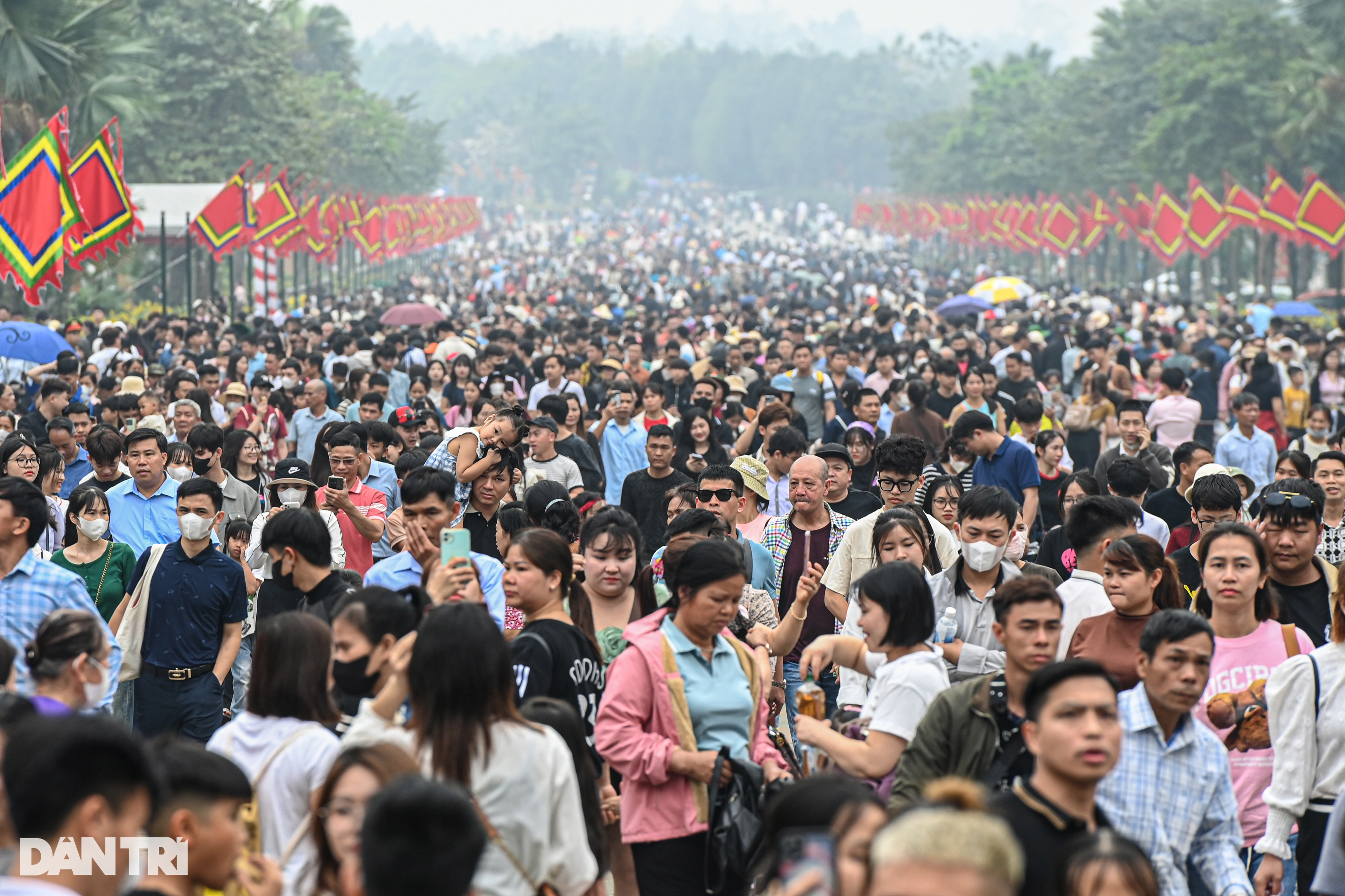
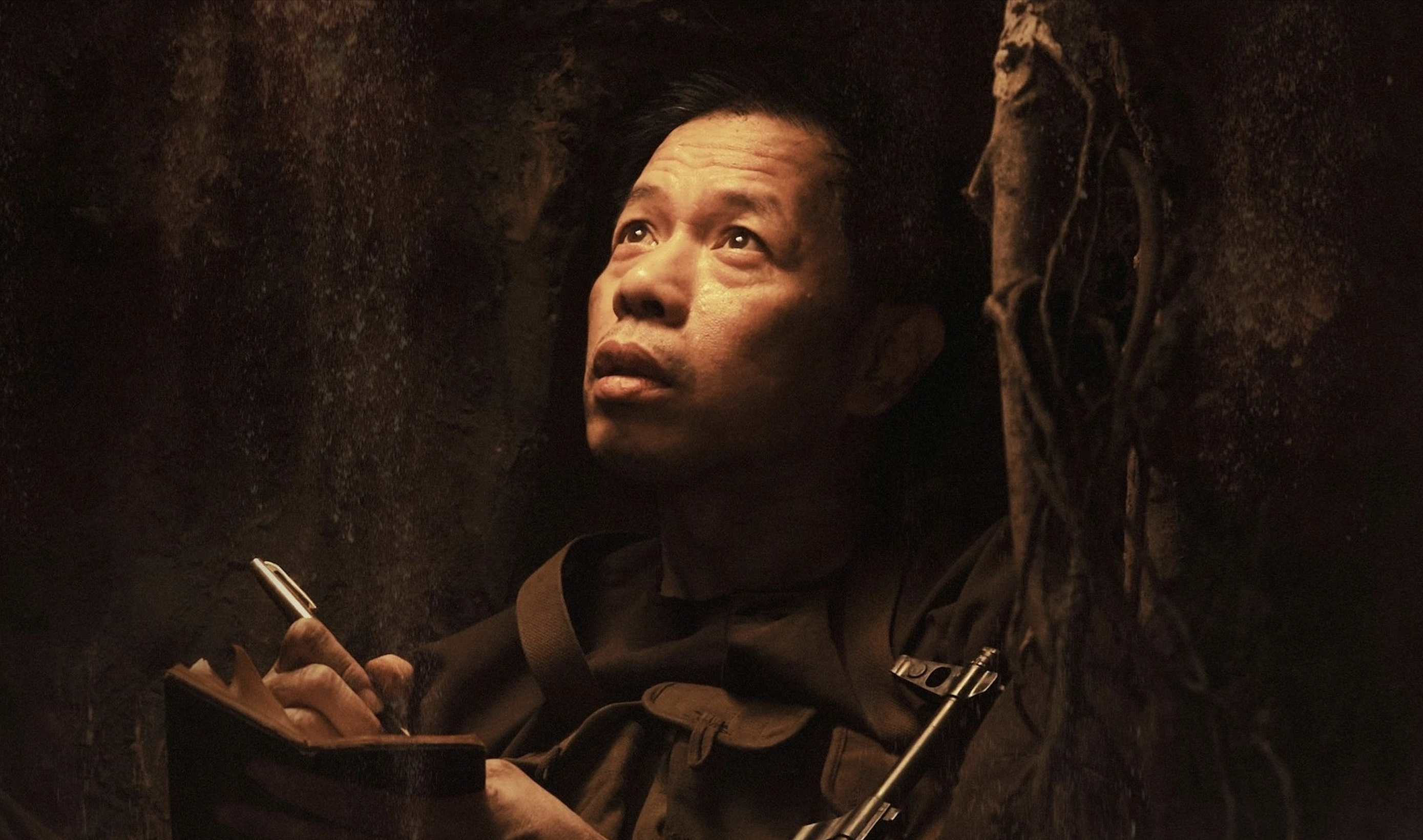
![[Photo] Prime Minister Pham Minh Chinh chairs the regular Government meeting in March](https://vstatic.vietnam.vn/vietnam/resource/IMAGE/2025/4/6/8393ea0517b54f6791237802fe46343b)
![[Photo] Military doctors in the epicenter of Myanmar](https://vstatic.vietnam.vn/vietnam/resource/IMAGE/2025/4/6/fccc76d89b12455c86e813ae7564a0af)
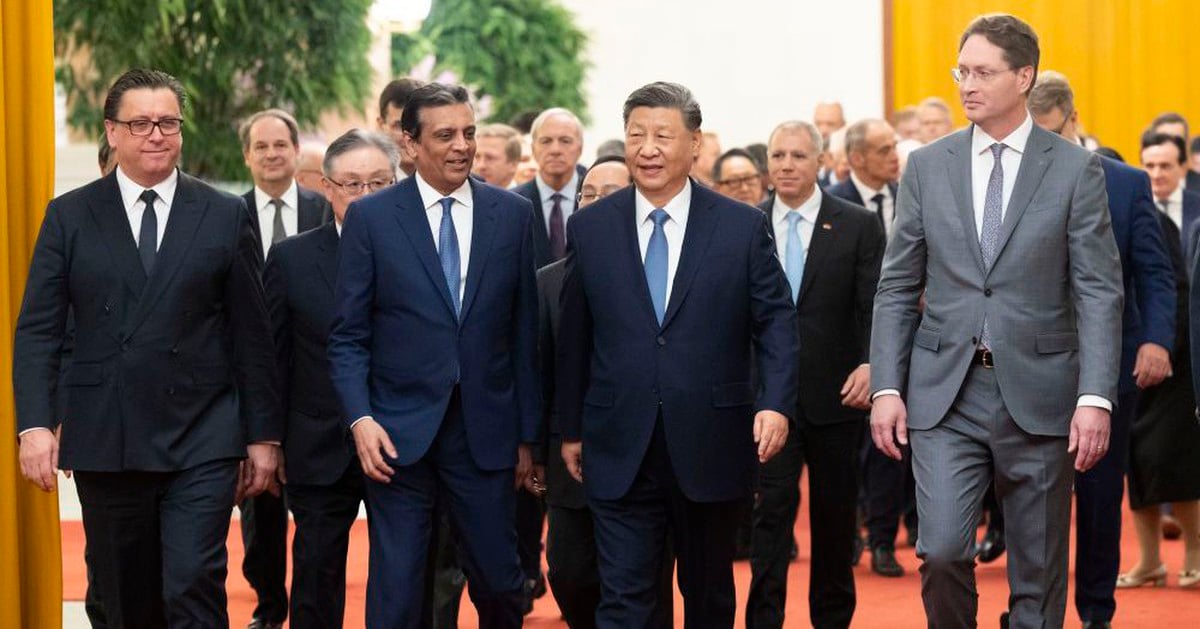

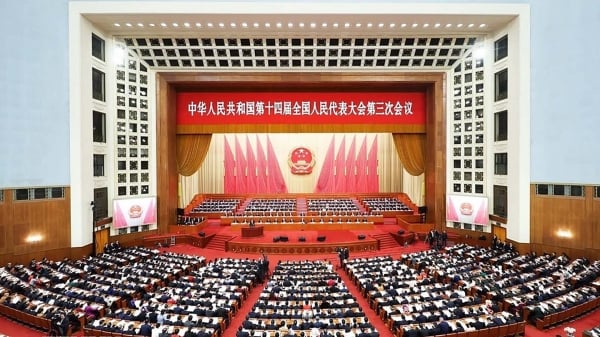
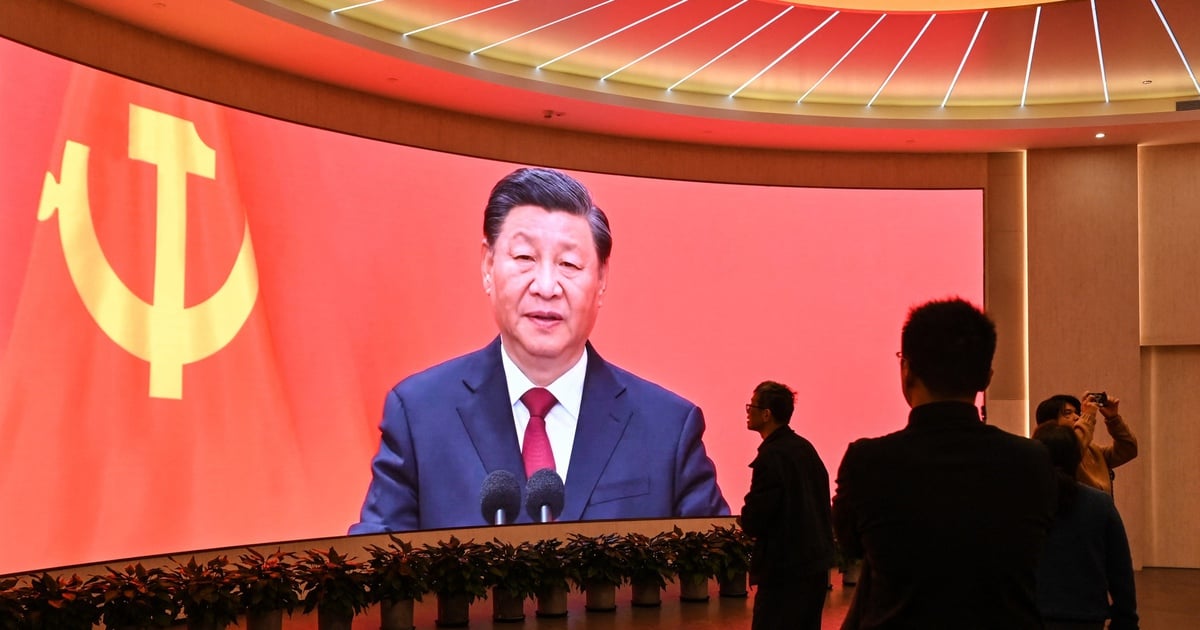

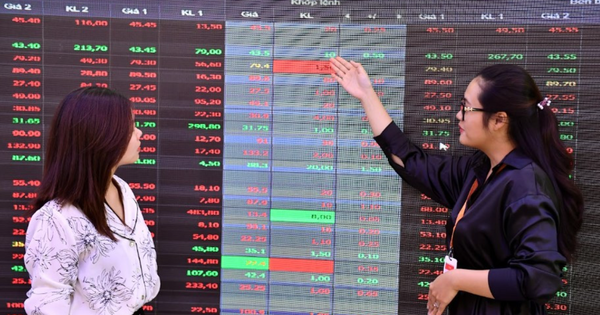

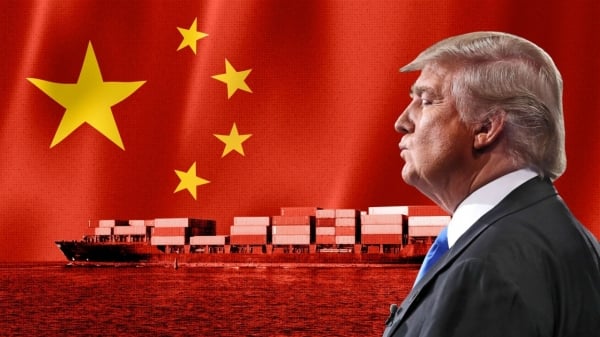
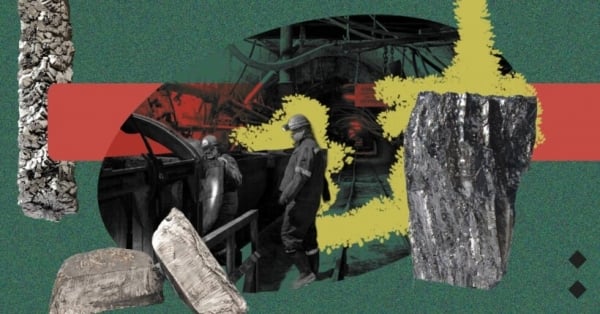
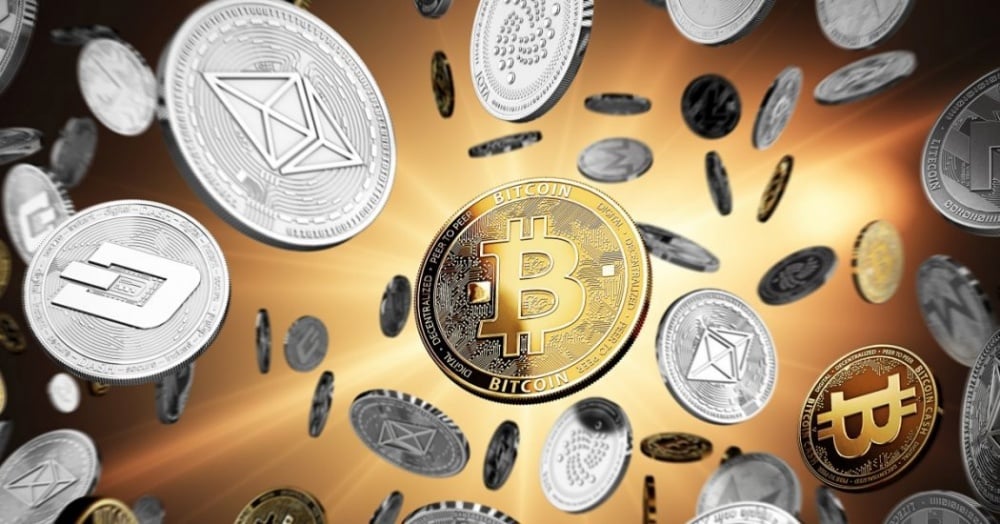
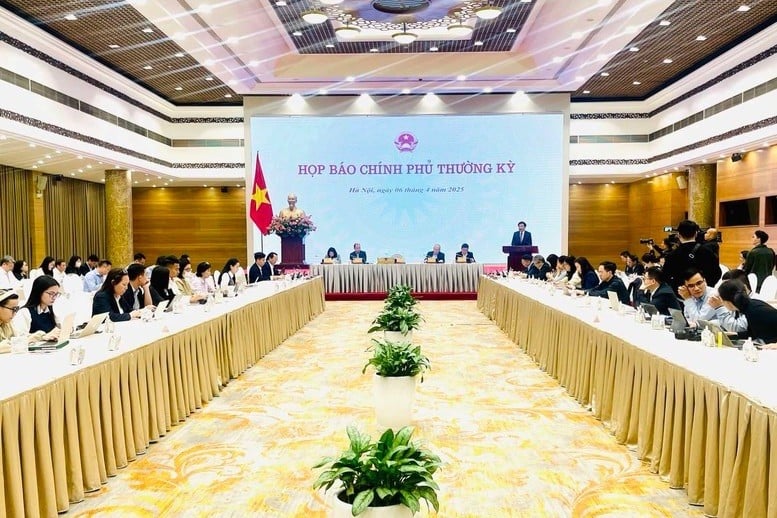
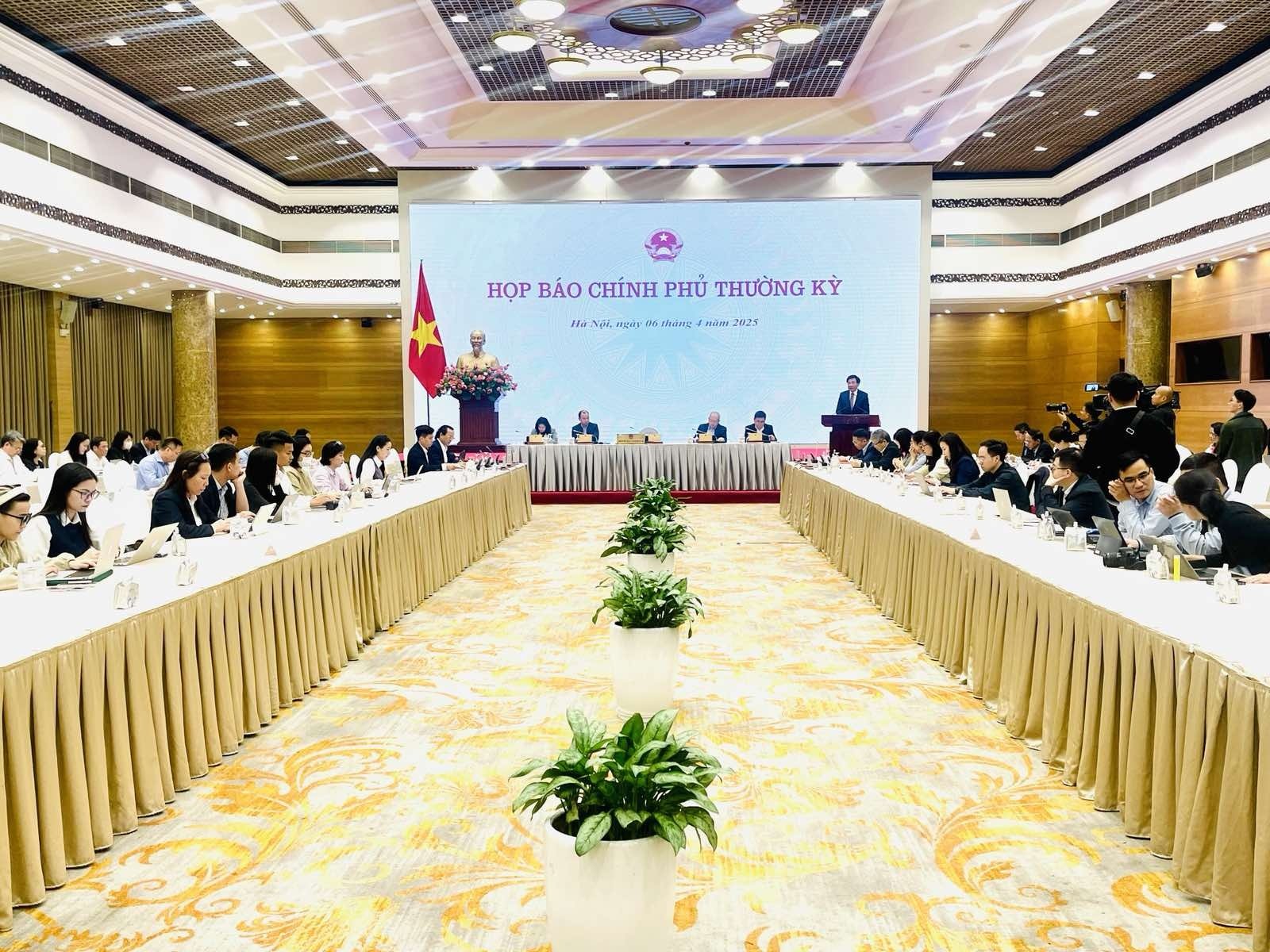
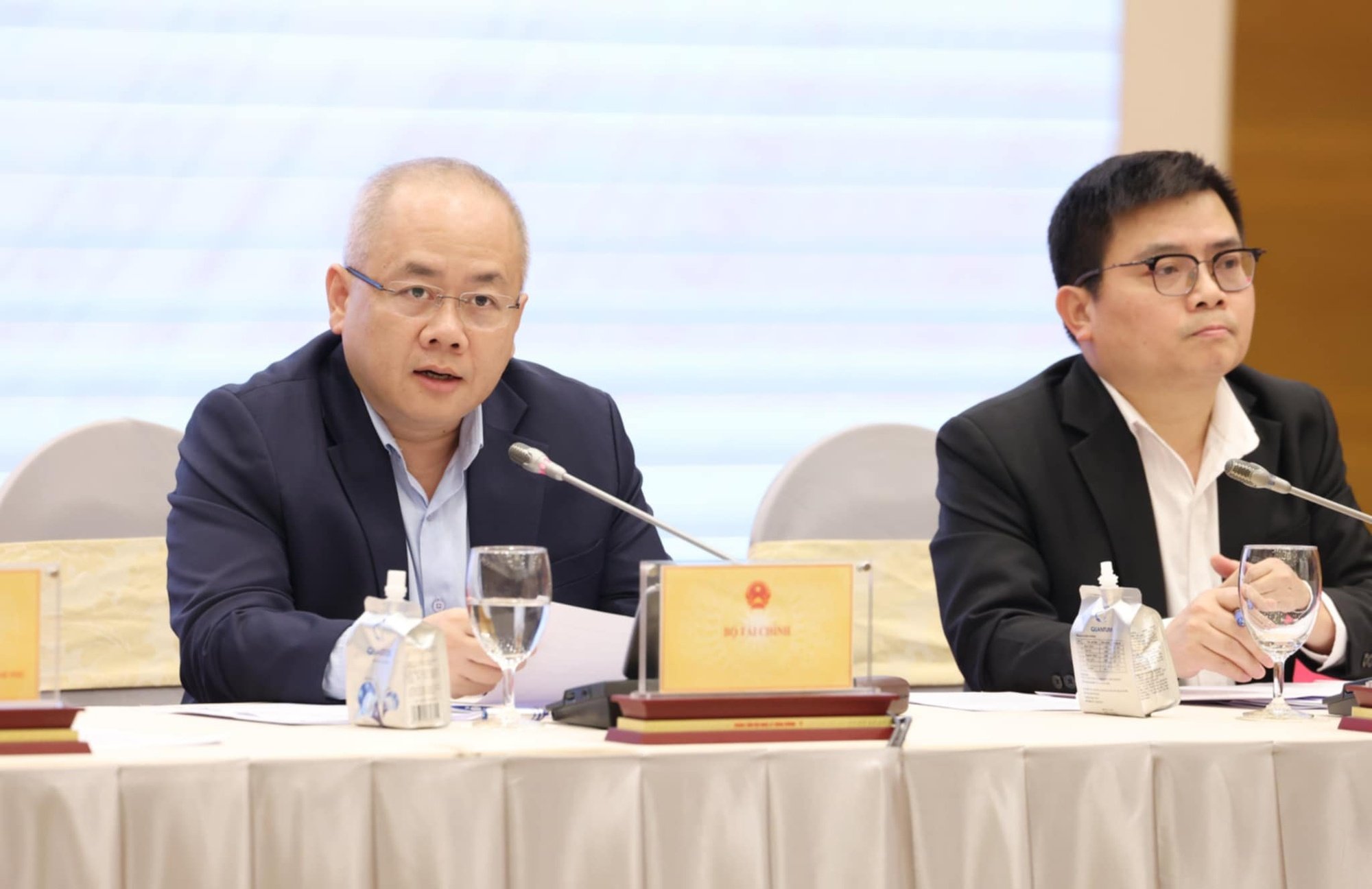
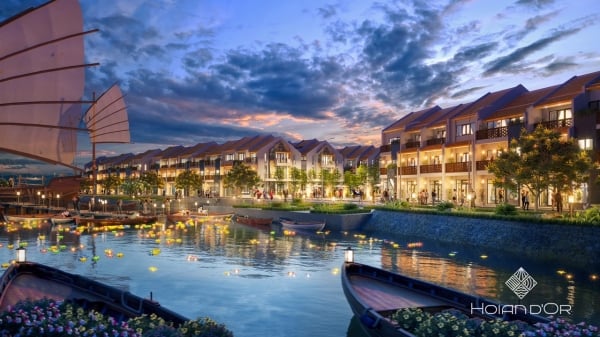

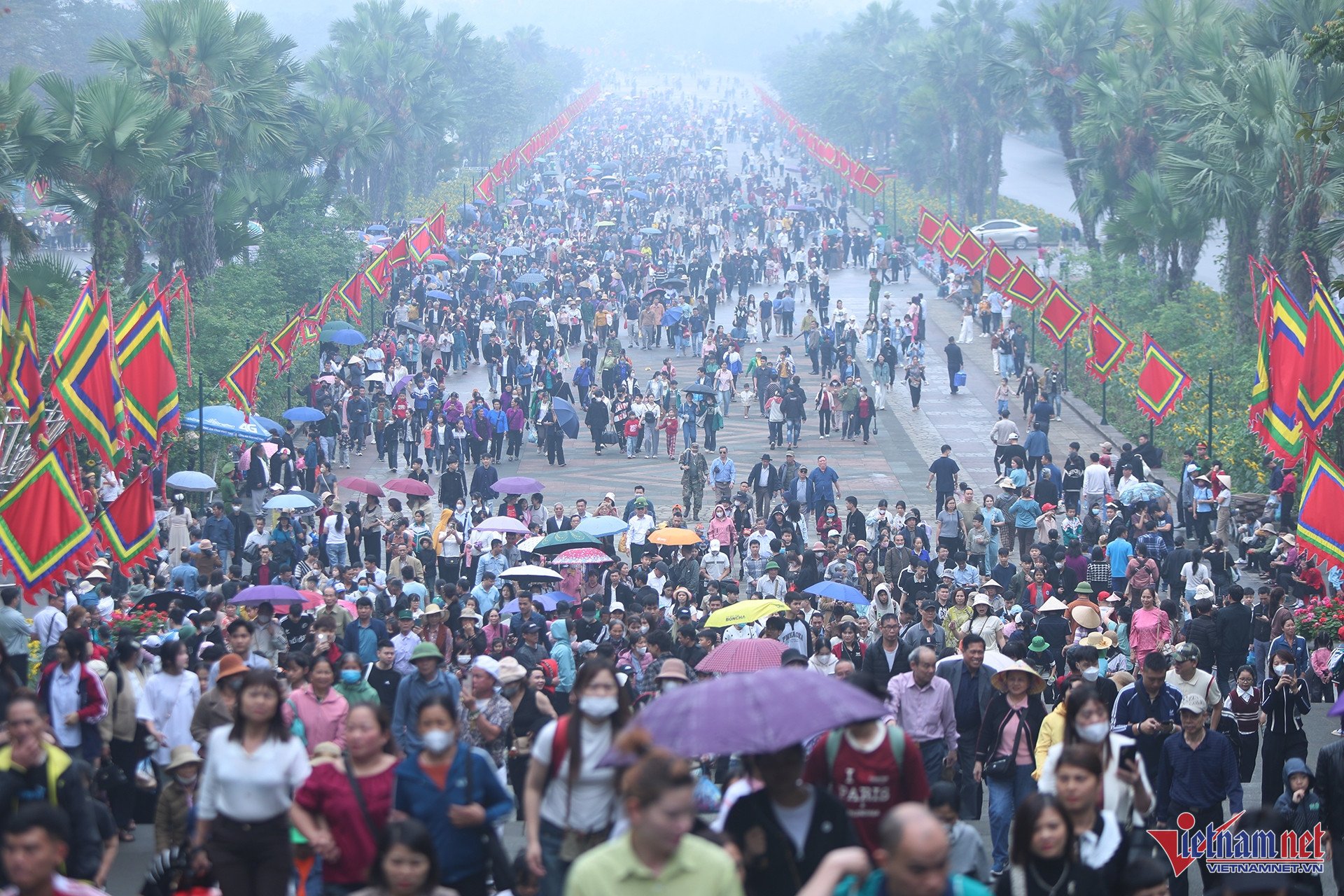
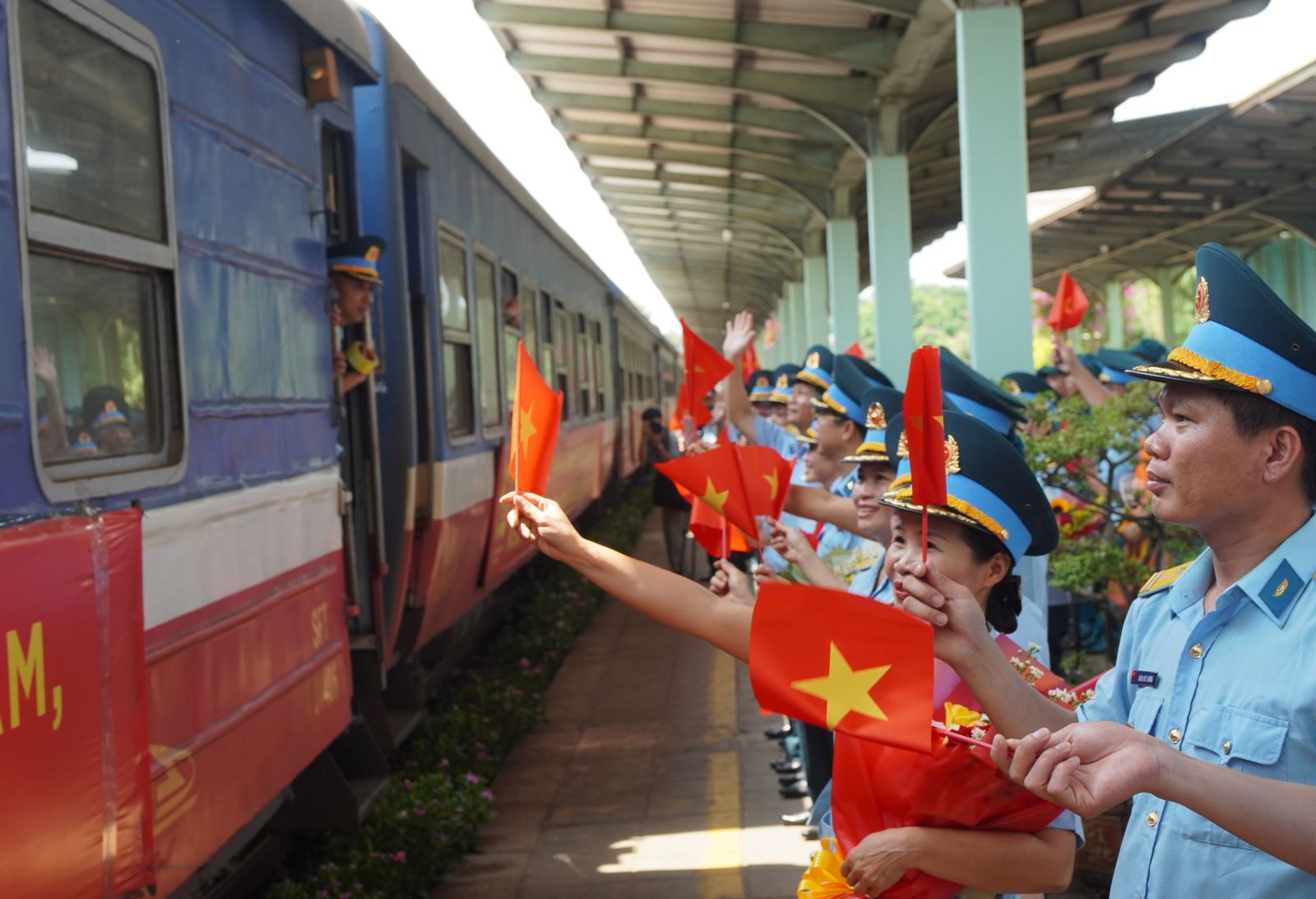
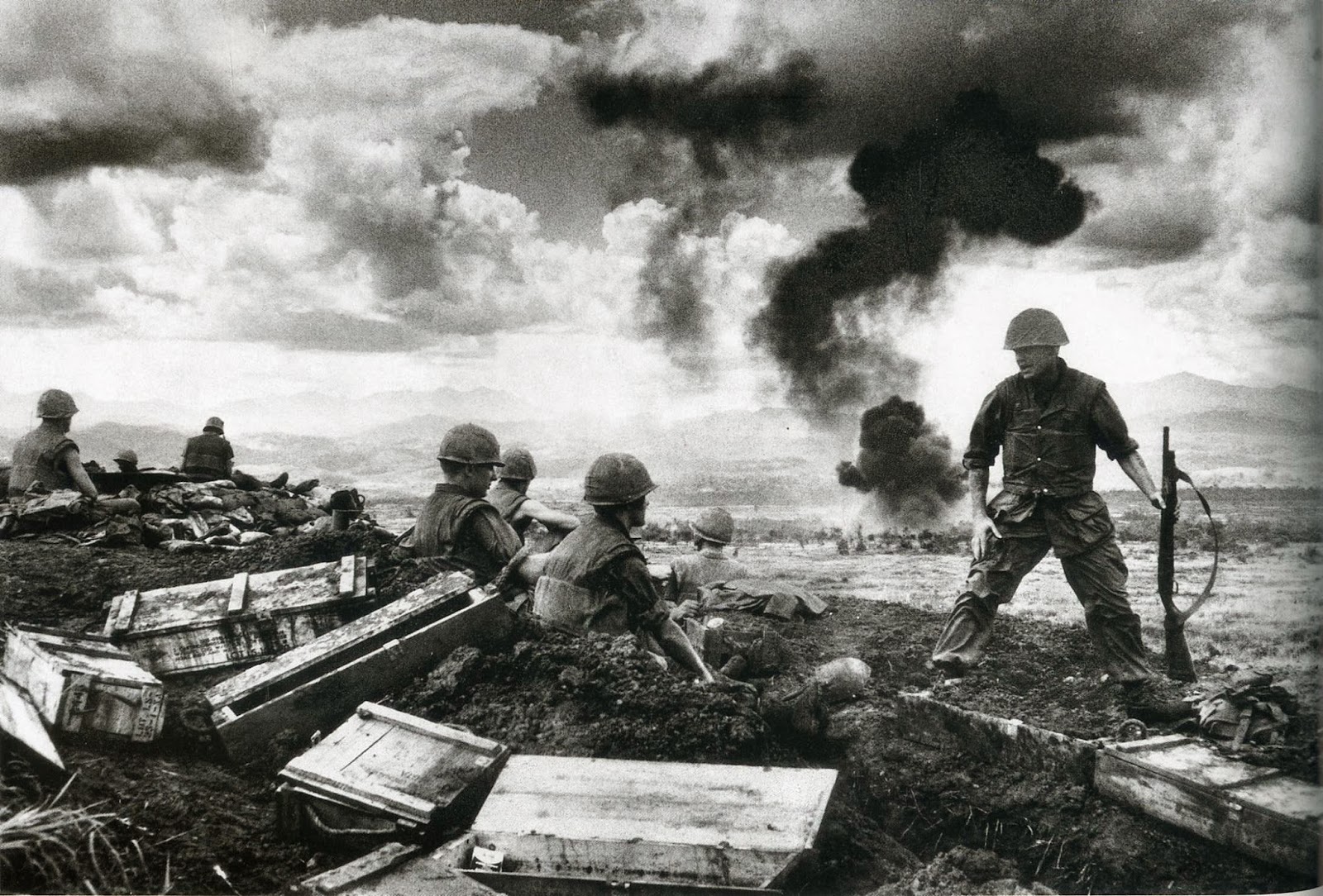
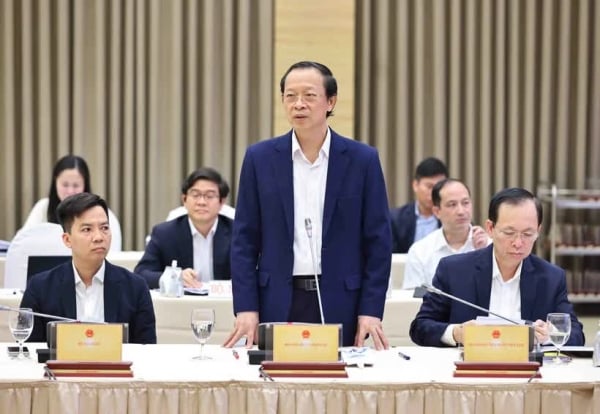
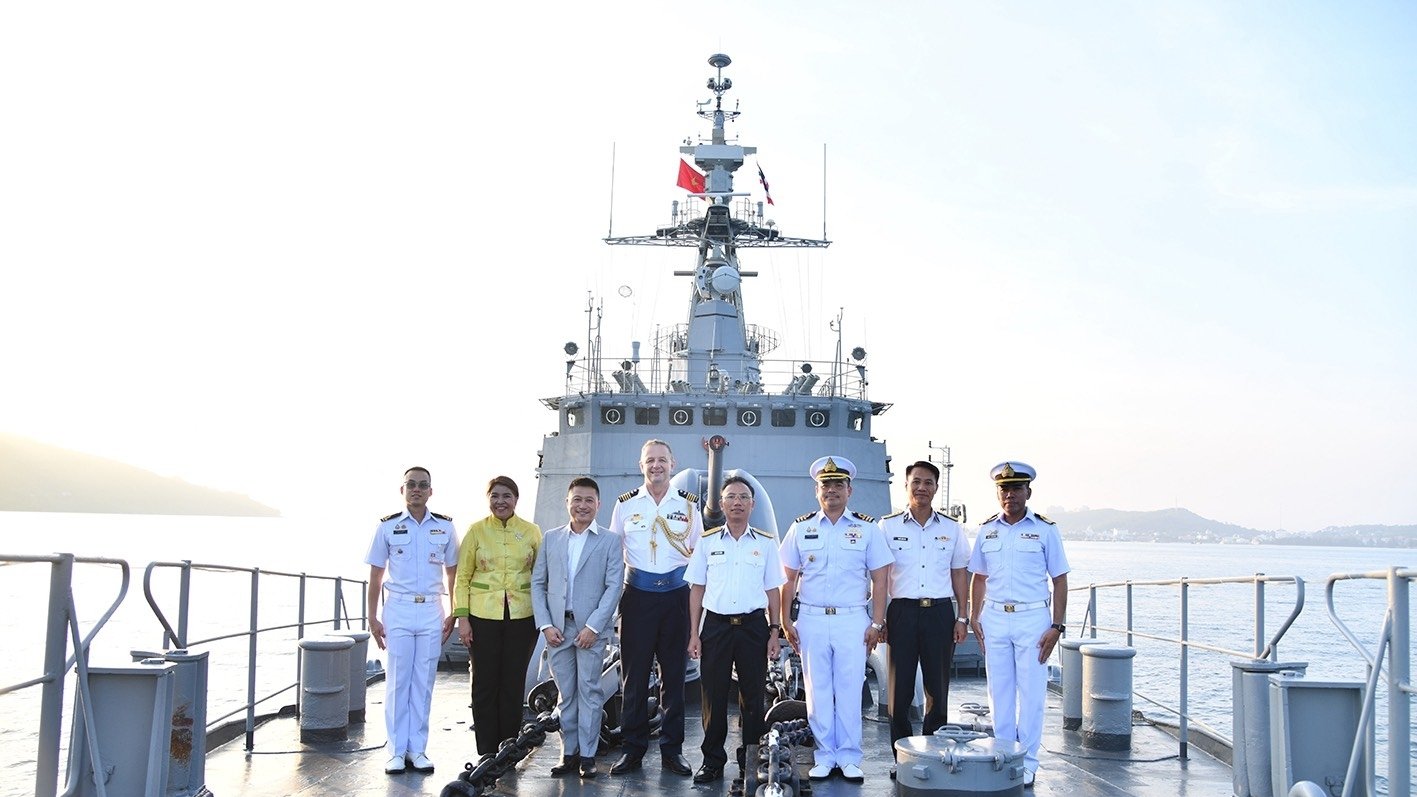


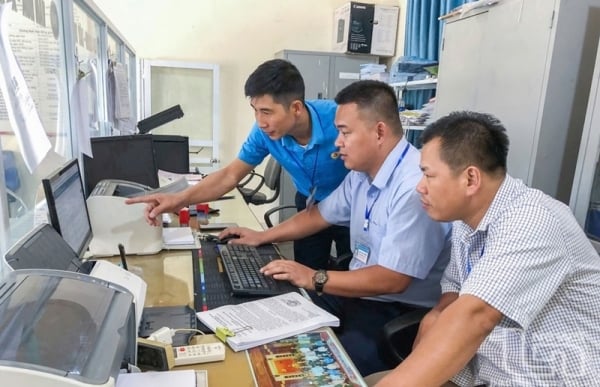
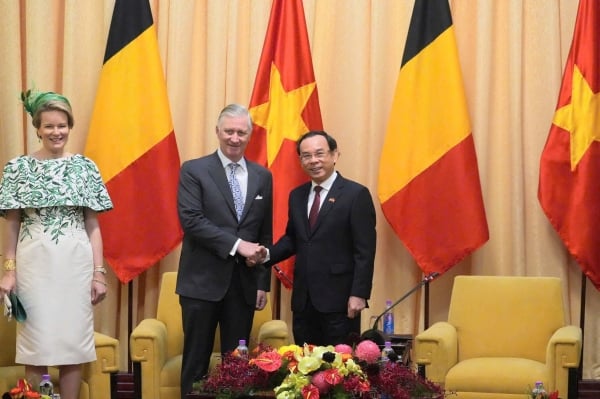







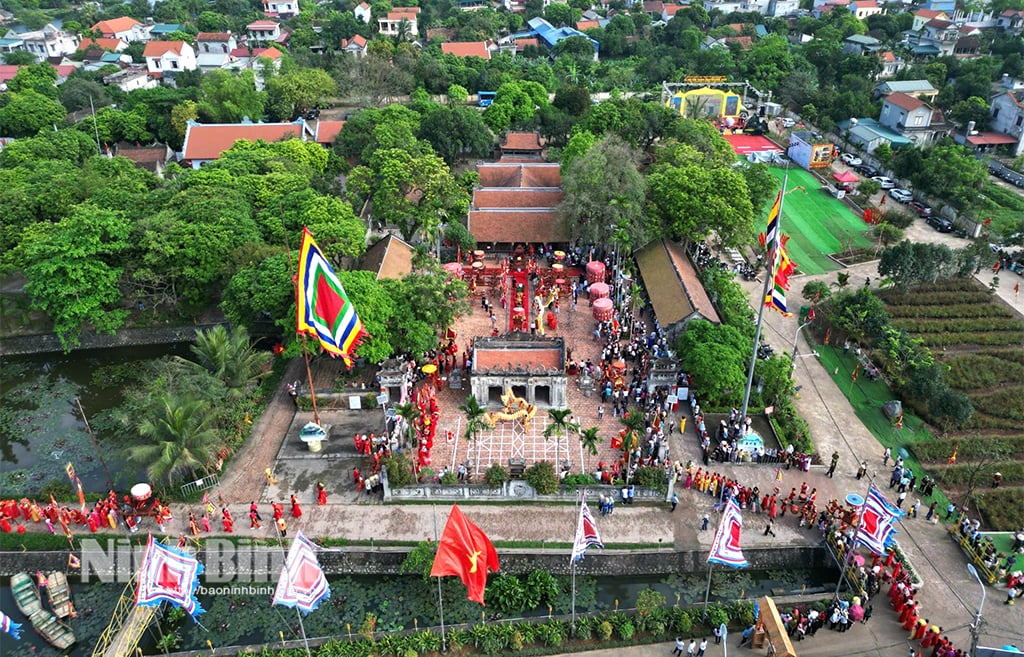
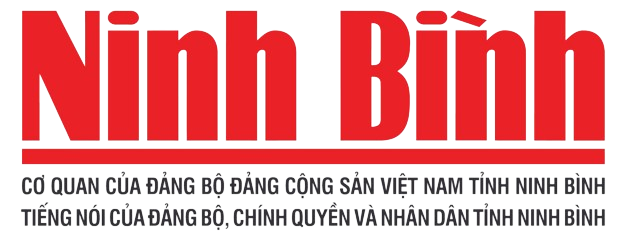


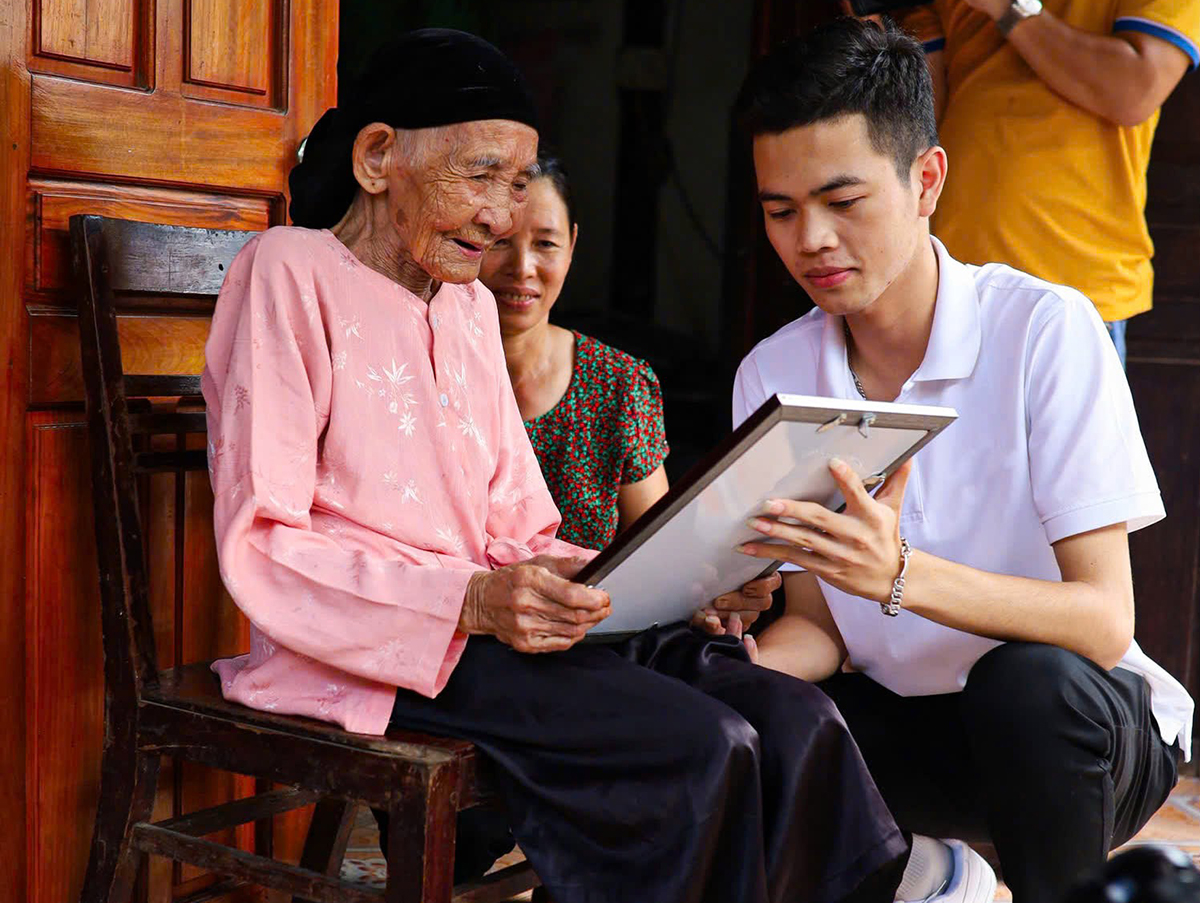





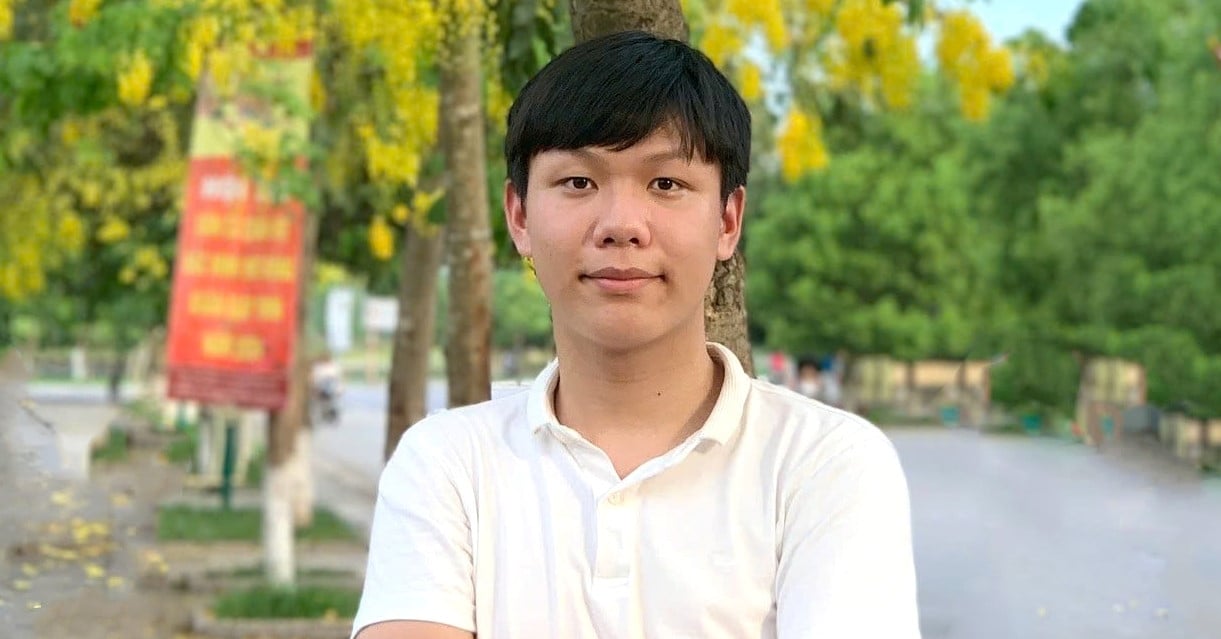



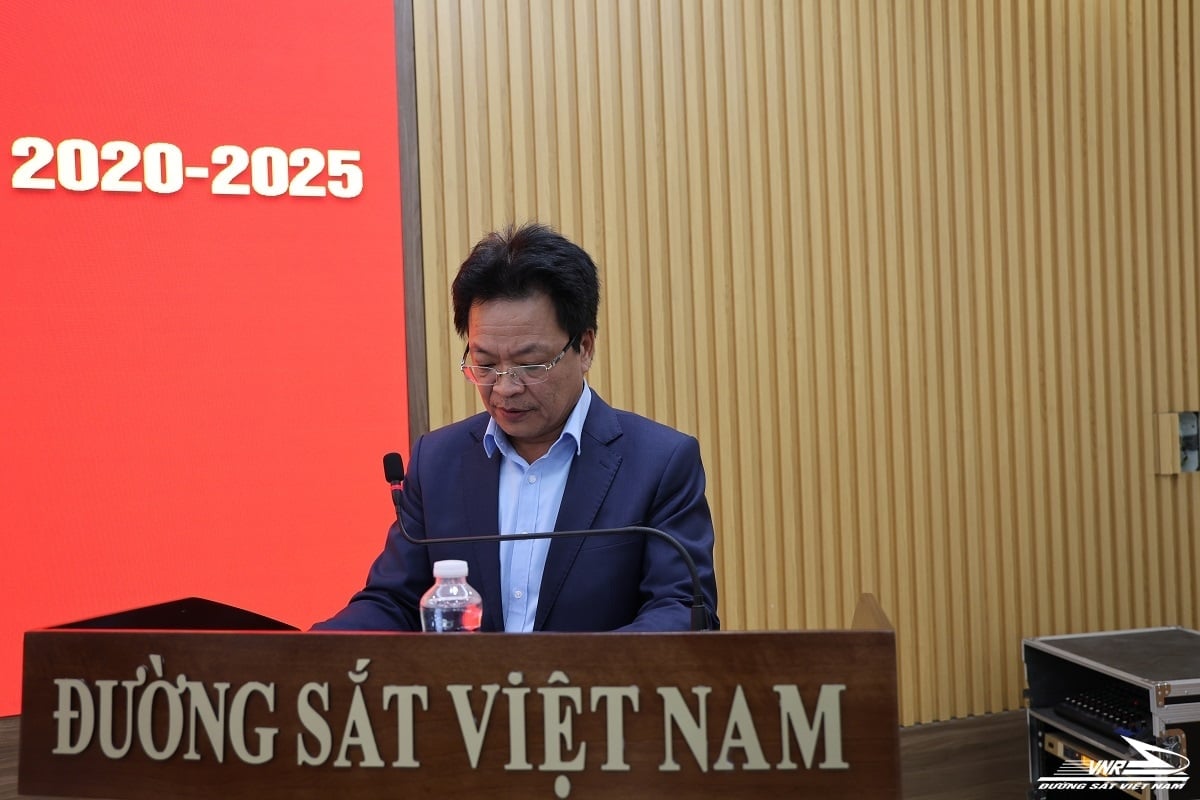

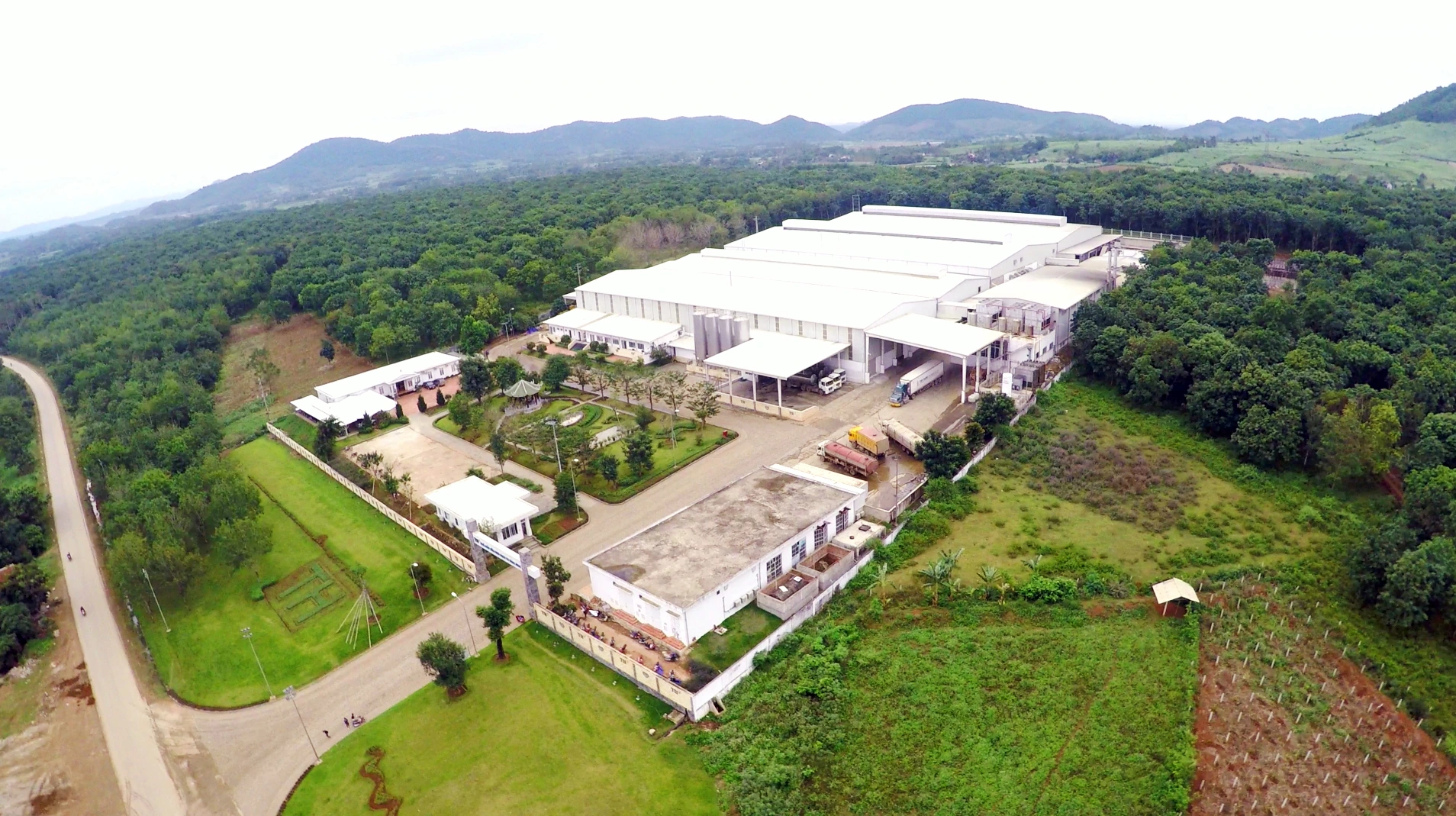


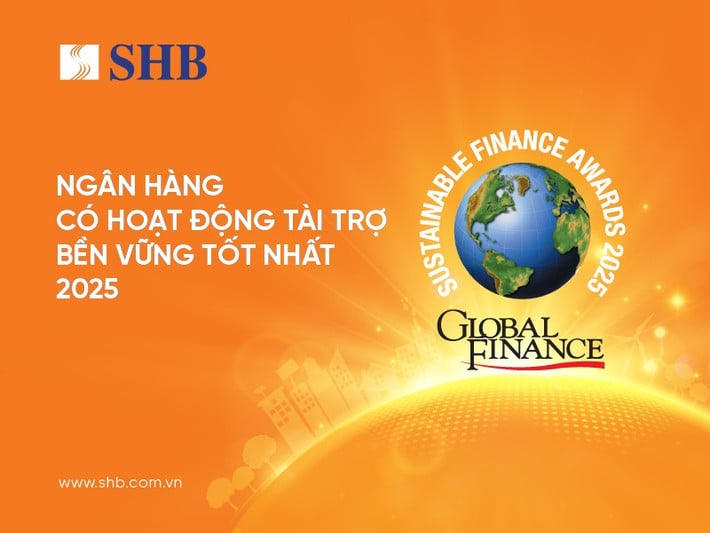

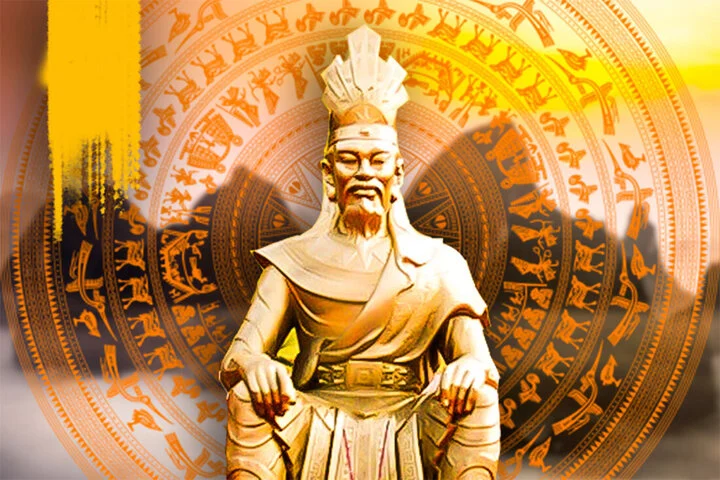
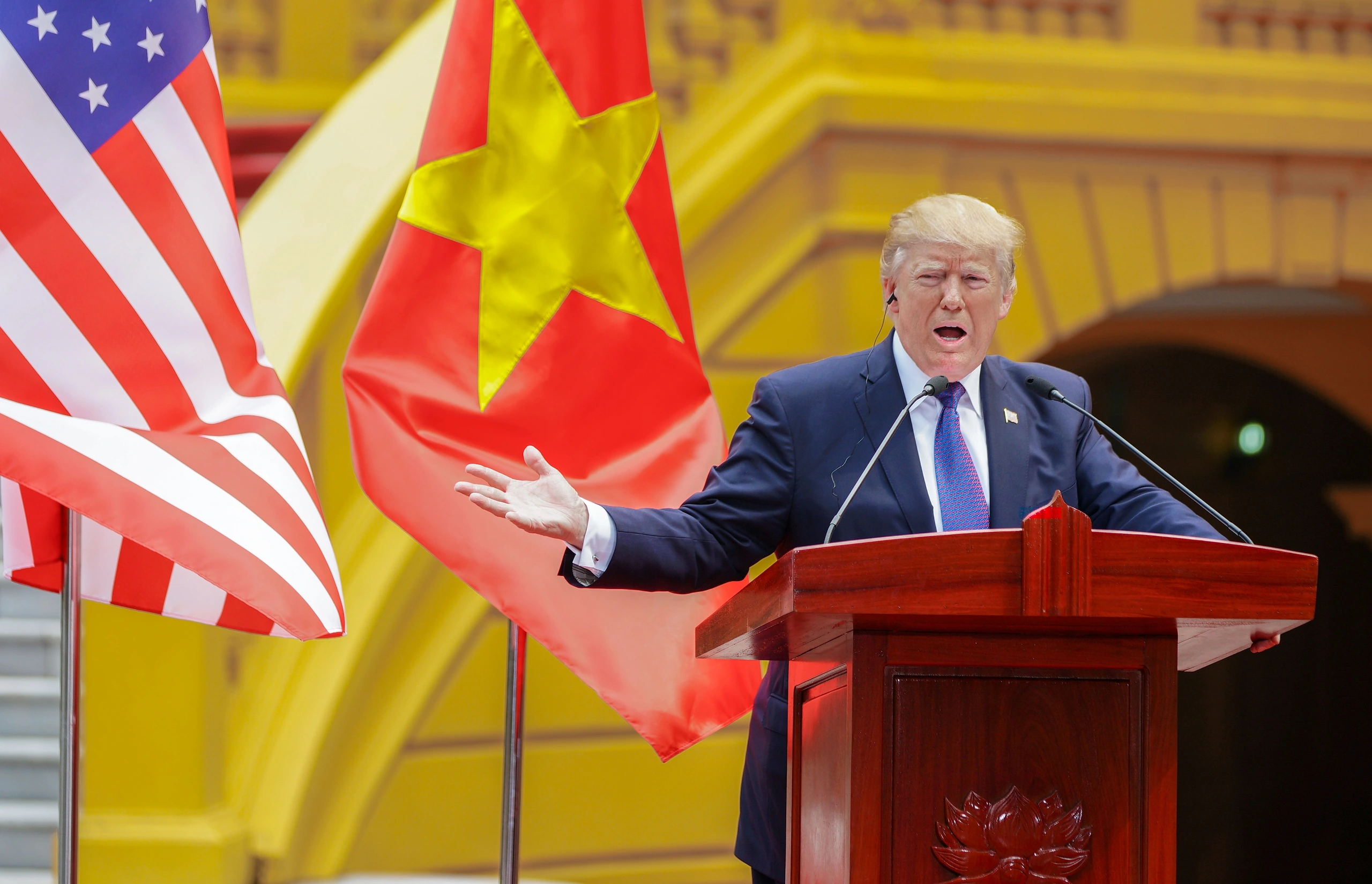
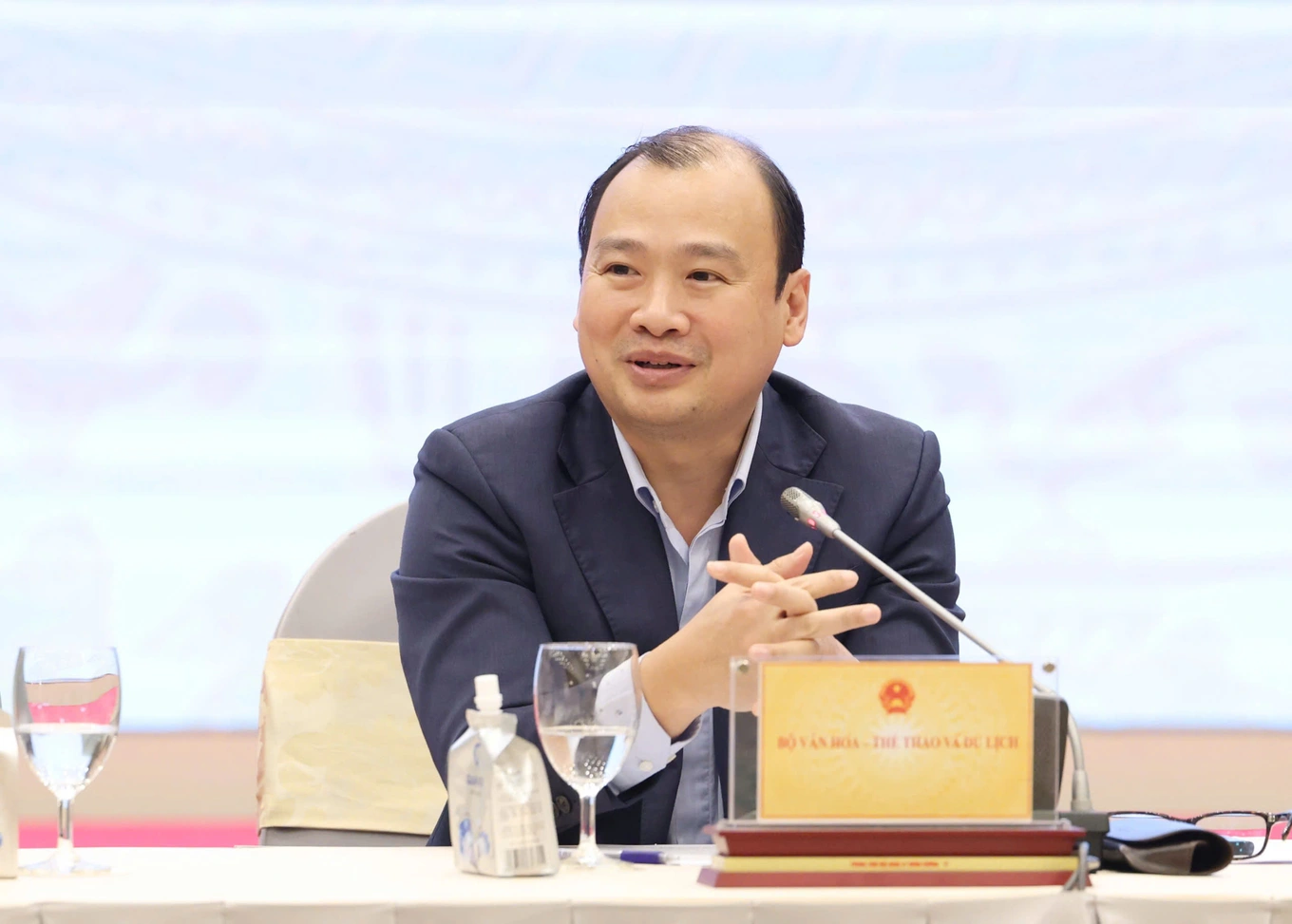


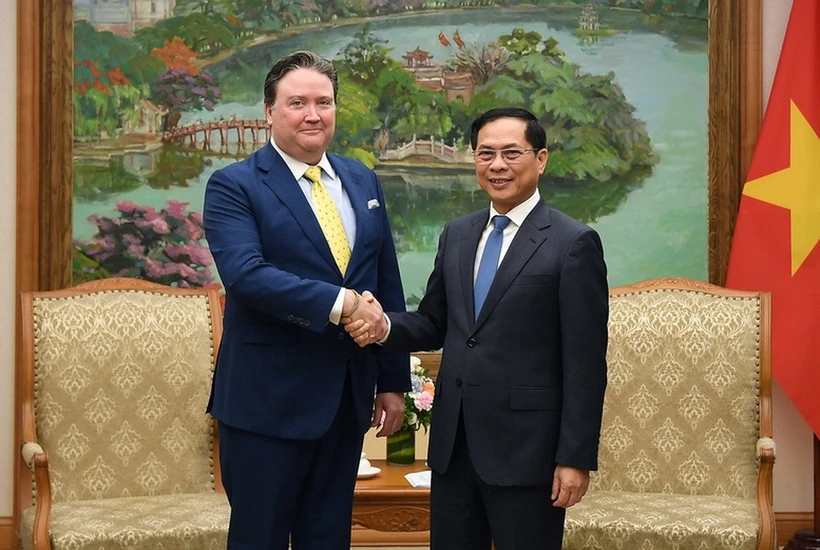






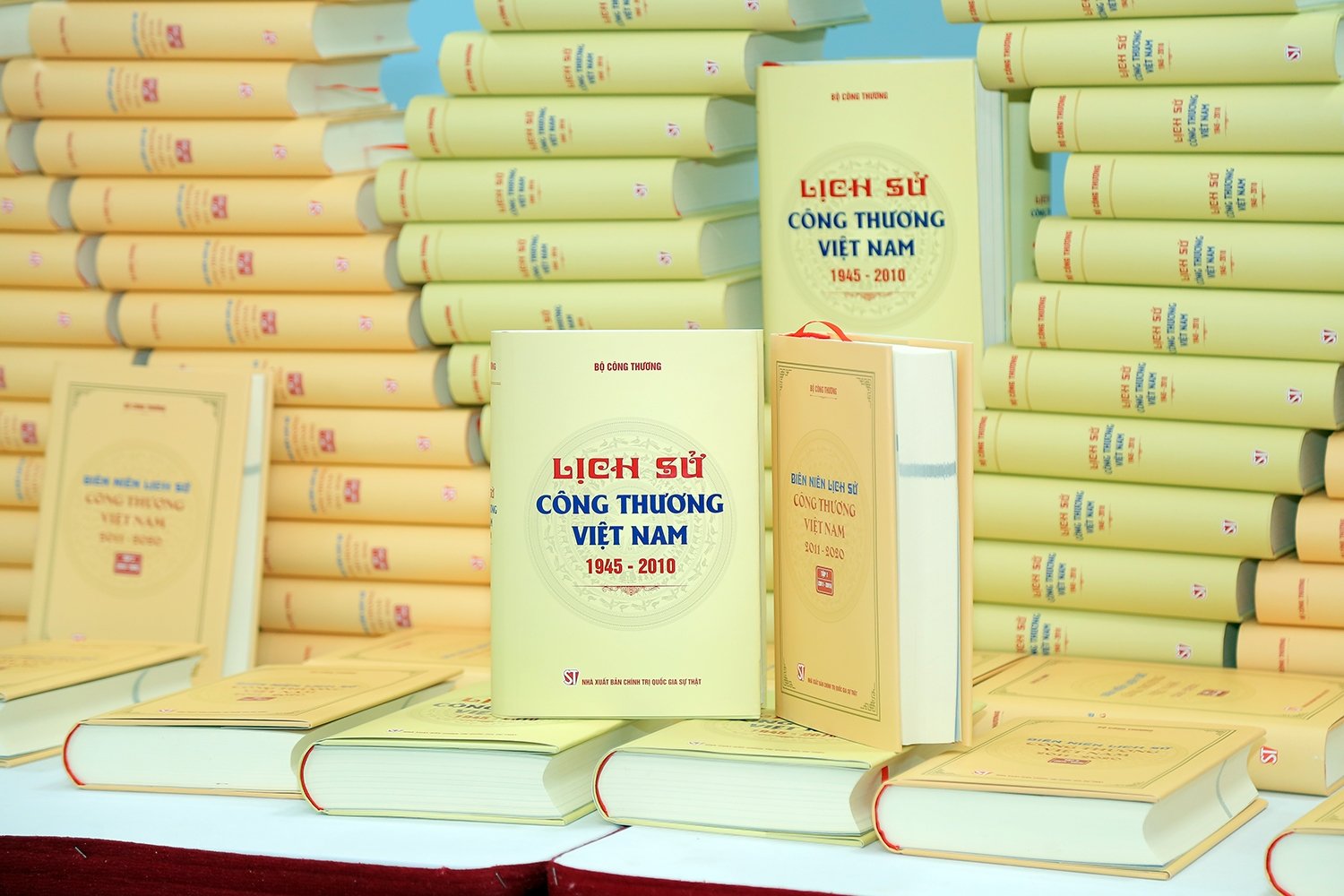
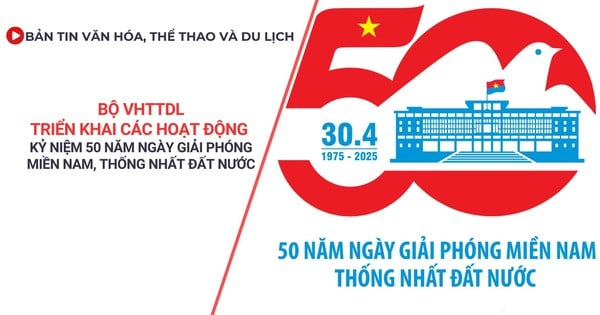




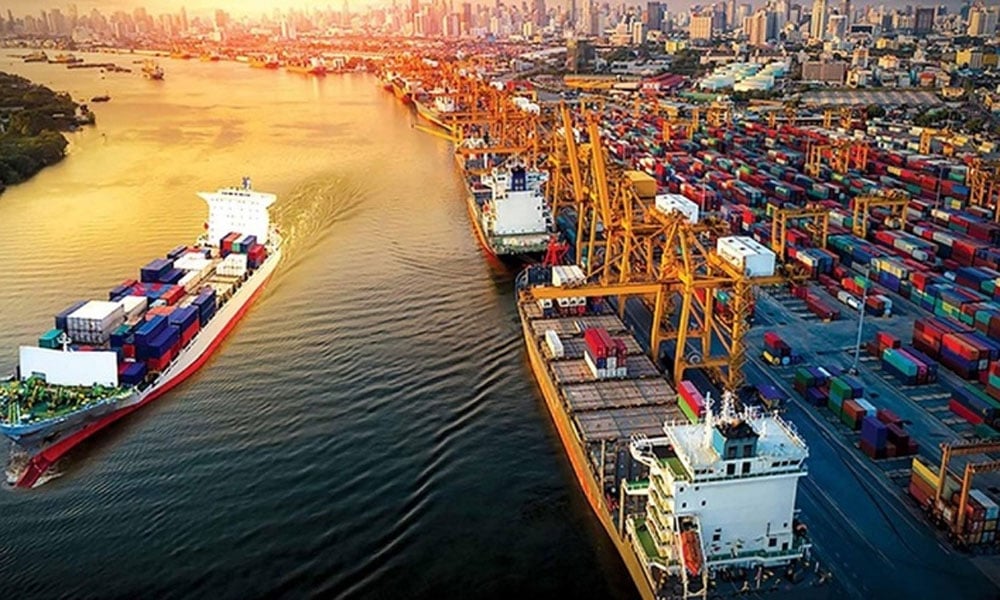




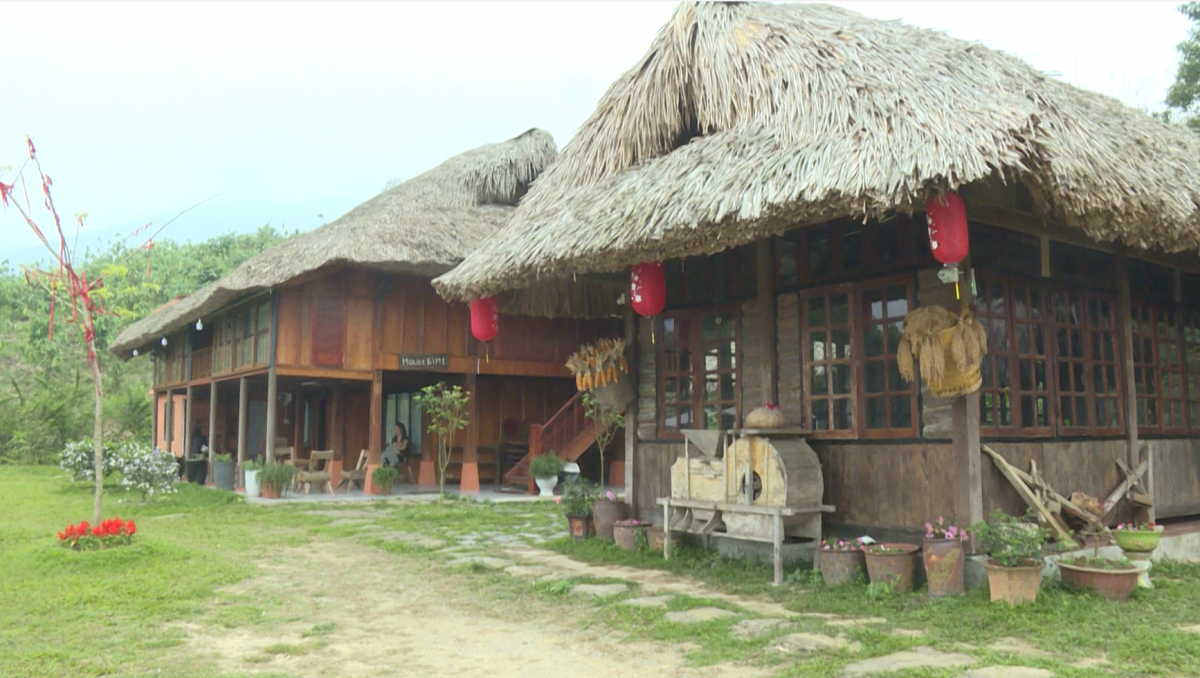



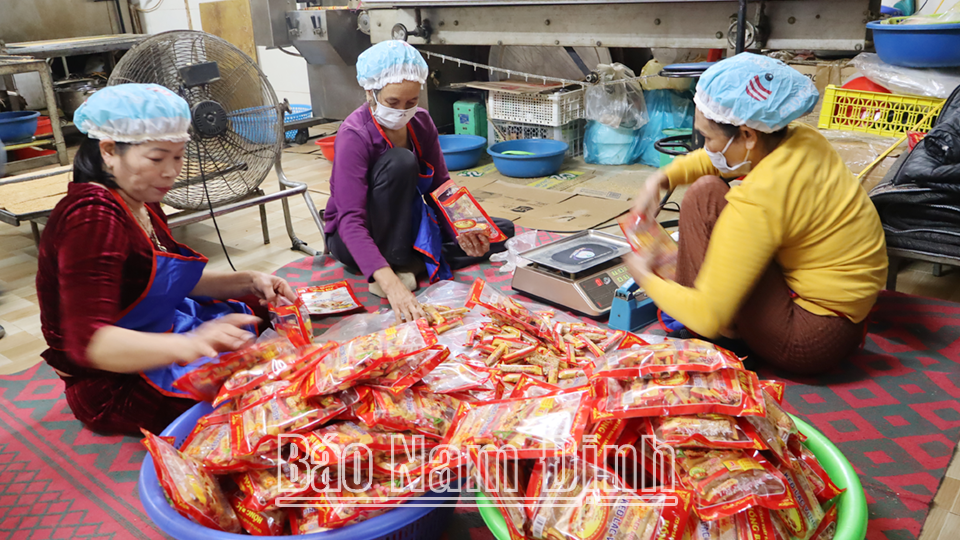


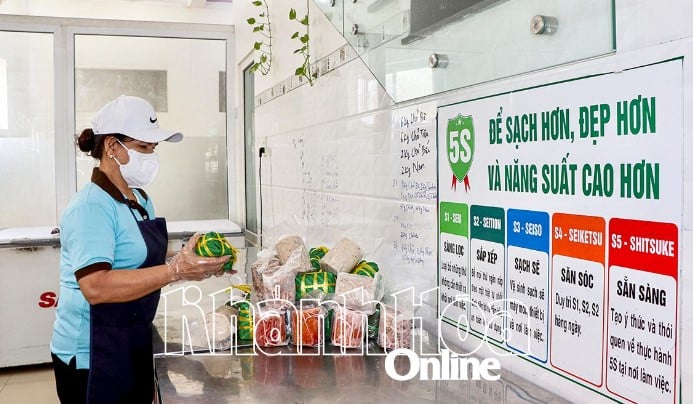

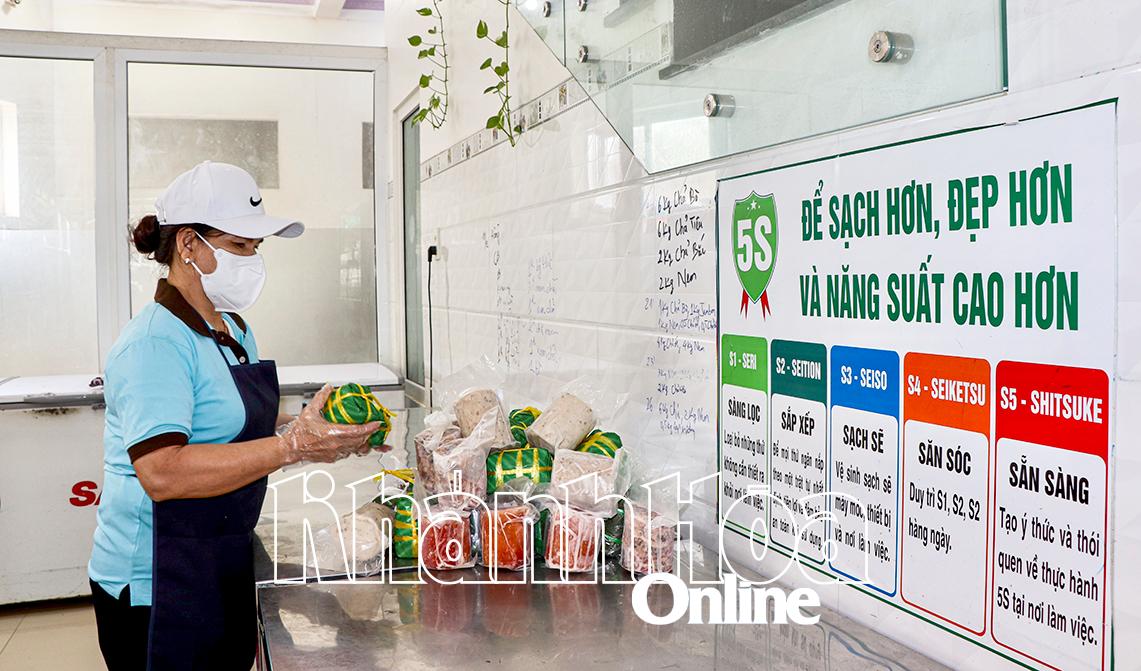
Comment (0)